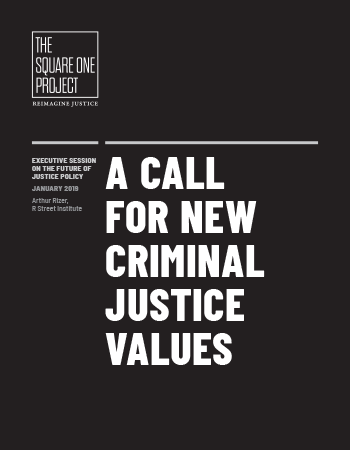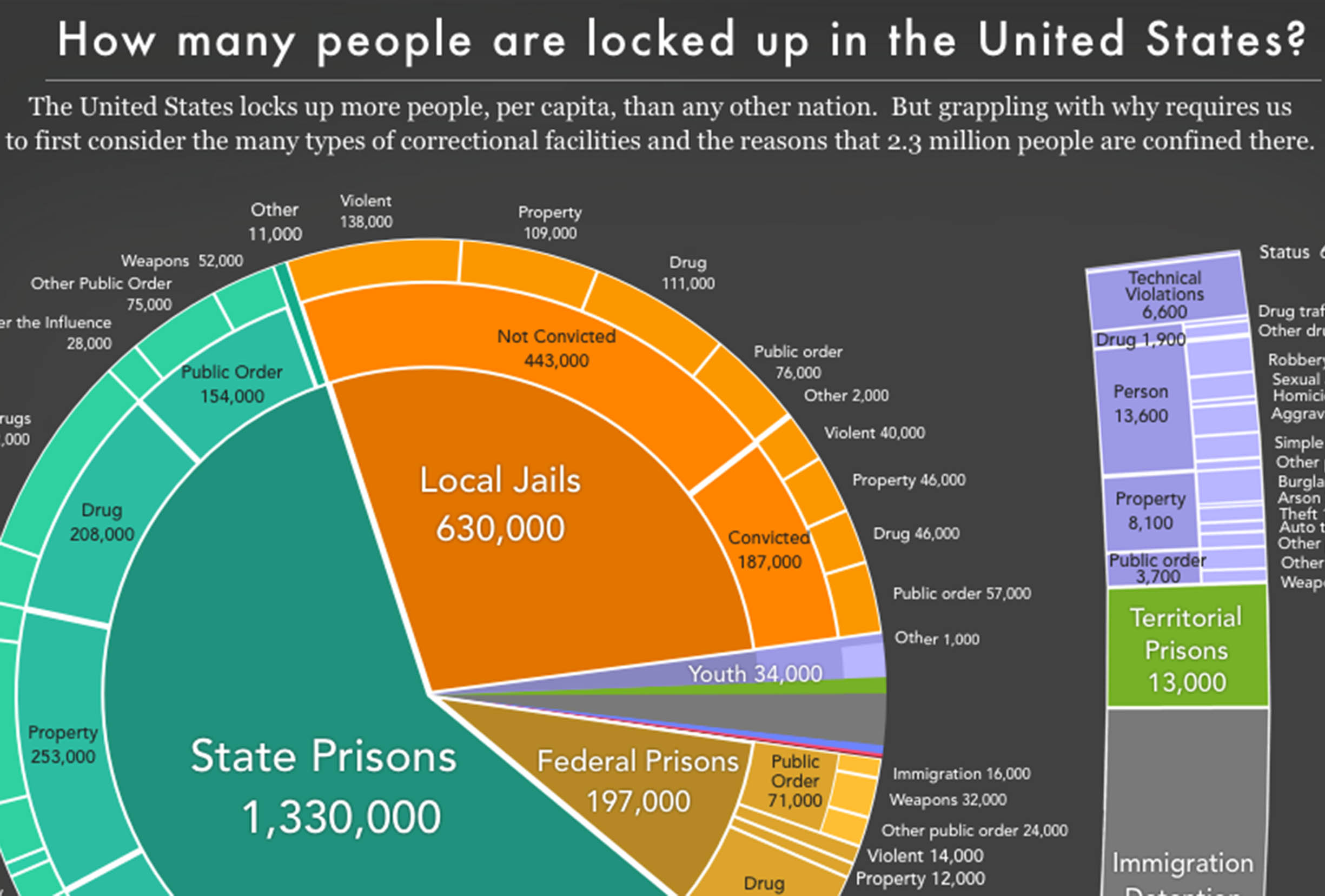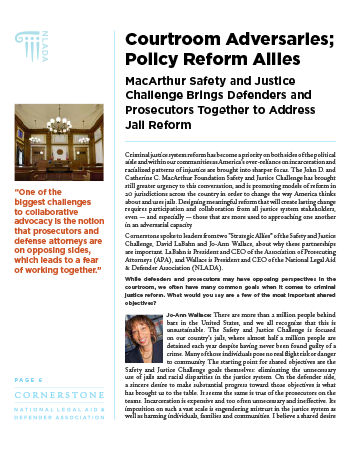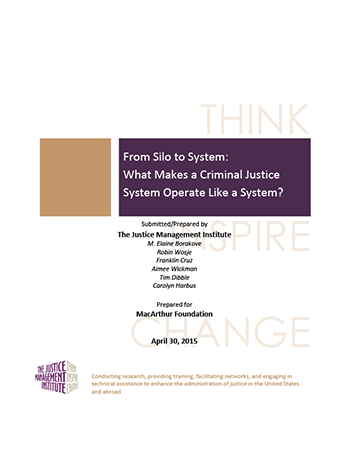Issue Brief
Human Toll of Jail Interagency Collaboration Presumption of Innocence January 31, 2019
A Call For New Criminal Justice Values
The U.S. criminal justice system expresses our nation’s values, for better or worse. For most of the early and middle 20th century, rehabilitation guided criminal justice policies, but in the 1970s and 1980s, notions of retribution, deterrence, and incapacitation emerged as replacements and signaled a dramatic shift in criminal justice policy. Now, as we enter an era of criminal justice reform, it is time for a new set of values. Parsimony in criminal punishment, which seeks the least coercive response, can undo the damage of overreaching incarceration. Parsimony in punishment serves the more fundamental values of liberty and limited government, which embody a distinctively American commitment to human freedom. While our history has clearly disappointed the values of parsimony, liberty, and limited government, the oncoming era of criminal justice reform opens the door to new and exciting possibilities.




